MSI RTX 4070 Ti Super Ventus 3X in detail
The biggest hardware changes compared to non-Super cards concern the GeForce RTX 4070 Ti Super. What’s different is the GPU, the amount of GDDR6X memory or the width of the memory bus. We have the RTX 4070 Ti Super in one of the cheapest non-reference designs, the Ventus 3X, for analysis and it will be about “reputation repair” as well. MSI has tarnished it a bit in this line of graphics cards in the past, but now it’s a very attractive solution.
GeForce RTX 4070 Ti Super graphics cards are built on Nvidia’s AD103 core (instead of the AD104 in the RTX 4070 Ti) just like the RTX 4080. Compared to the latter, however, the RTX 4070 Ti Super has fewer active SM blocks (66 vs. 76), but they have the 16 GB of GDDR6X memory connected to a 256-bit bus in common. Only 12 GB of VRAM is installed on the RTX 4070 Ti (without the Super).
MSI RTX 4070 Ti Super Ventus 3X in detail
Ventus is the lowest range in which MSI makes the RTX 4070 Ti Super. In addition to the smallest cards with the 2X (White) OC designation, there are then also variants with three fans. One of them is the tested 3X (Ventus 3X) model without OC (there is also a model with officially higher GPU clock speeds) with reference clock speeds. The Ventus 3X is still an “MSRP card”, i.e. the RTX 4070 Ti Super at Nvidia’s suggested price, which MSI is sticking to. That’s why you’re reading this test now, in the first wave, the embargo on the results of non-MSRP models with higher prices ends a day later.
This makes the Ventus 3X one of the cheapest options overall with a three-fan cooler that has the potential for high cooling efficiency. And not just potential, but this cooler is, as you’ll see from the tests, really efficient, even though the Ventus range has a worse reputation from the past.
At 308mm, it’s a fairly long card, but shorter than most older RTX 4070 Ti models were. And the cooler on the RTX 4070 Ti Super Ventus 3X is notably thinner, but still robust enough to handle cooling a graphics card with this much power at a lower noise level. It’s definitely not a thin card, with around 51mm it still takes up 2.5 slots. However, compatibility with PCIe expansion cards is better here than with cards two centimetres taller.
The RTX 4070 Ti Super Ventus 3X is also relatively narrower, with 120mm of width it is more forgiving (than many other non-reference models) in terms of case compatibility as well. For narrower cards, or models that are shorter from slot to side panel, there is more potential for support in dual-chamber cases with vertically split interiors.
The backplate is only plastic and does not participate in the cooling of the card, it has primarily a protective function.
Its rear part, where the cooler extends over the PCB (which is again quite short, it is only 170 mm), is perforated. That’s to more efficiently dissipate heated air from the fins of the cooler.
And speaking of those cooler fins, they are cooled by three 95mm Torx (4.0) fans. There are ten blades per fan, and because of the smaller spacing, they are characterized by higher static pressure, which is naturally desirable. To achieve higher blade stiffness, the tips are joined in pairs. This arrangement should suppress vibration and thus minimize the occurrence of unpleasant tonal peaks.
The external power supply is implemented via a 12V-2×6 connector, which has shorter sense pins compared to the 12VHPWR connector. This is a kind of prevention against insufficient insertion (when the connector is not properly pushed in, the card will not turn on, because the sense pins are not in contact, that’s why they are shortened…).
At a total weight of 1080 grams, the RTX 4070 Ti Super Ventus 3X can be referred to as a “middleweight”.
MSI has seen fit to supply a PCI Express holder as part of the accessories with such parameters. This is the type that supports the graphics card longitudinally. For owners of older PSUs (than ATX 3.0), there is also an adapter from two 8-pin to 16-pin in the package.
The photo below illustrates a cross-section of the connector hollows. It seems to be a similar design (although the hollows will probably be a bit longer, which doesn’t hurt…) as the cables of the MSI MPG A850G. We have thermal images available for it and based on them, we can conclude that with a load corresponding to the RTX 4070 Ti Super, you don’t have to worry about the temperature in the slightest. Everything is designed with a very large margin even for systems with less favorable conditions (be it airflow or possibly higher ambient air temperature).
Please note: The article continues with following chapters.
- Contents
- MSI RTX 4070 Ti Super Ventus 3X in detail
- Table of parameters
- Methodology: performance tests
- Methodology: how we measure power draw
- Methodology: noise and sound measurement
- Methodology: temperature tests
- Testovacia zostava
- 3DMark
- Age of Empires II: DE
- Assassin’s Creed: Valhalla
- Battlefield V
- Battlefield V with DXR
- Borderlands 3
- Control
- Control with DXR and DLSS
- Counter-Strike: GO
- Cyberpunk 2077
- Cyberpunk 2077 with DLSS
- Cyberpunk 2077 with DXR (and DXR with DLSS)
- DOOM Eternal
- F1 2020
- FIFA 21
- Forza Horizon 4
- Mafia: DE
- Metro Exodus
- Metro Exodus with DXR and DLSS
- Microsoft Flight Simulator
- Red Dead Redemption 2 (Vulkan)
- Red Dead Redemption 2 (Dx12)
- Shadow of the Tomb Raider
- Shadow of the Tomb Raider with DXR
- Total War Saga: Troy
- Wasteland 3
- Overall gaming performance and performance per euro
- CompuBench (OpenCL)
- SPECviewperf 2020 and SPECworkstation 3
- FLOPS, IOPS and memory speed tests
- 3D rendering 1/2 (LuxMark a Blender@Cycles)
- 3D rendering 2/2 (Blender@Radeon ProRender a Eevee)
- Photo editing (Adobe Photoshop, Lightroom and Affinity Photo)
- Broadcasting (OBS and Xsplit)
- Password cracking
- GPU clock speeds
- GPU and VRAM temperatures
- Net graphics card power draw and performance per watt
- Analysis of 12 V rail power supply (higher load)
- Analysis of 12 V rail power supply (lower load)
- Analysis of 3,3 V rail power supply
- Noise level
- Frequency response of sound
- Conclusion






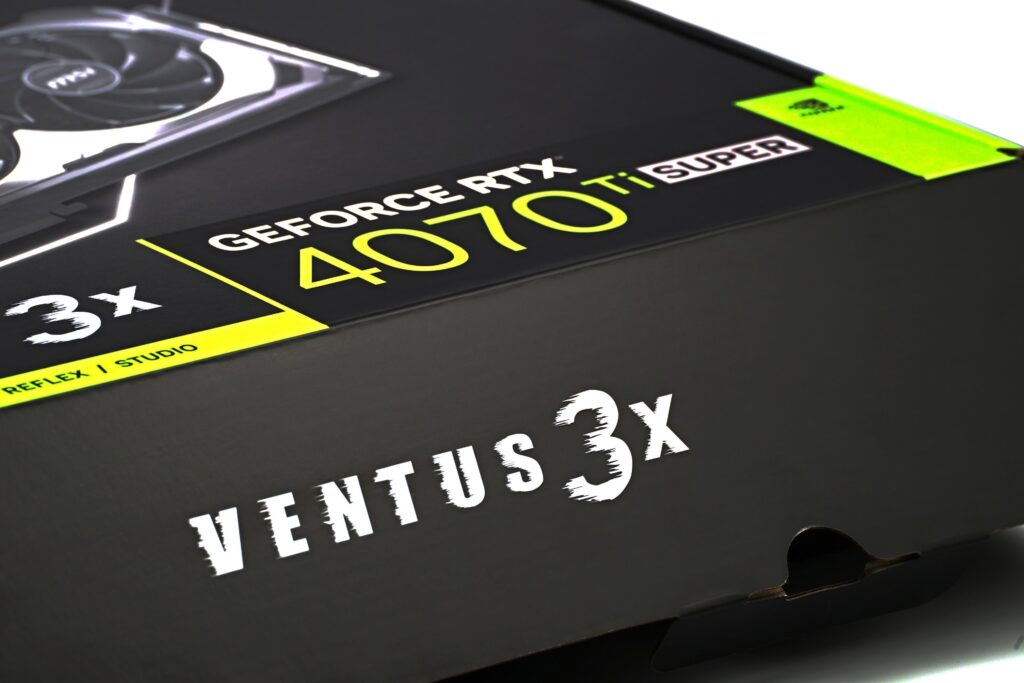
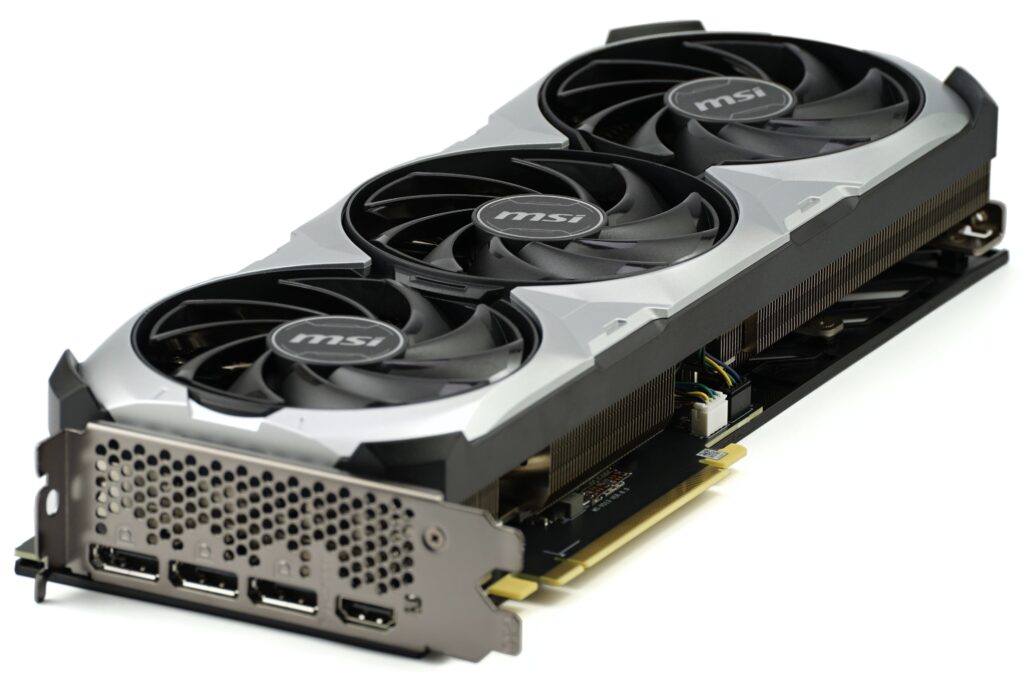

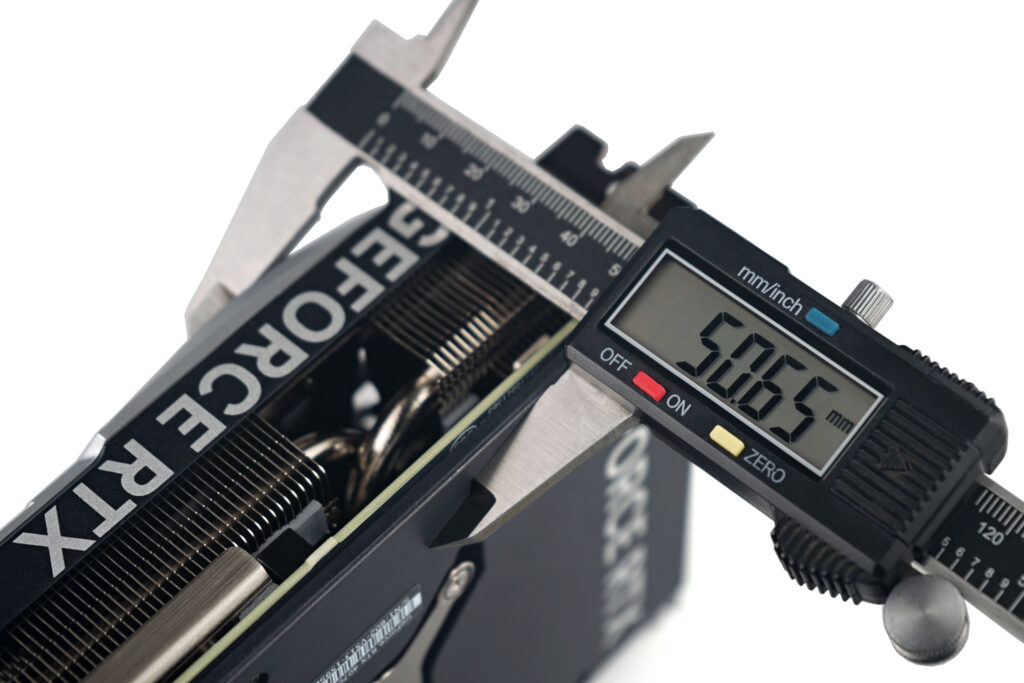
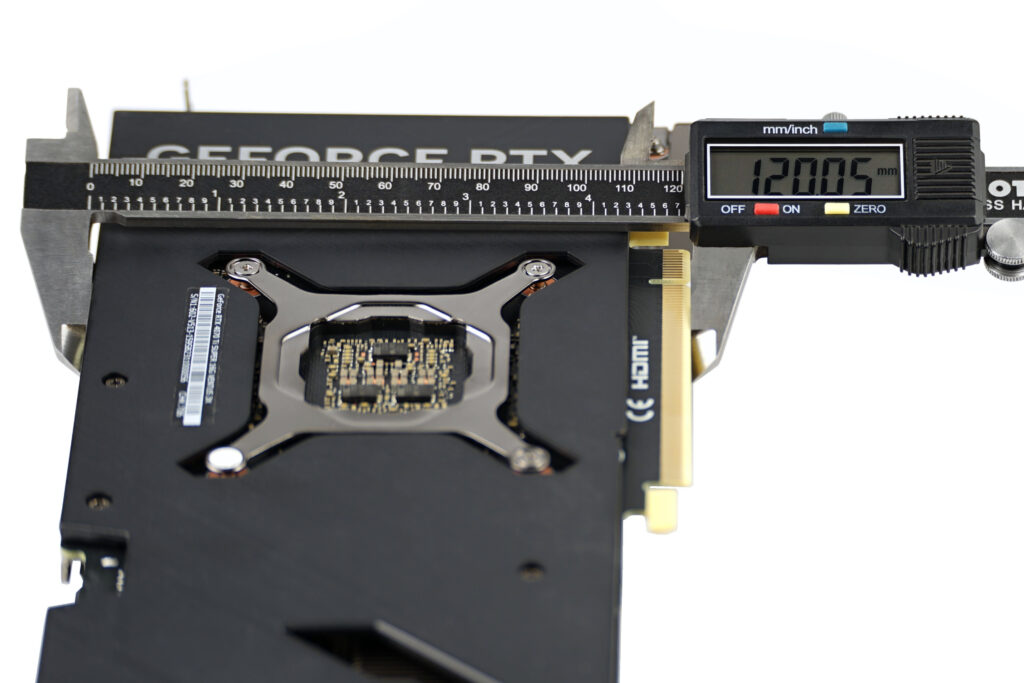
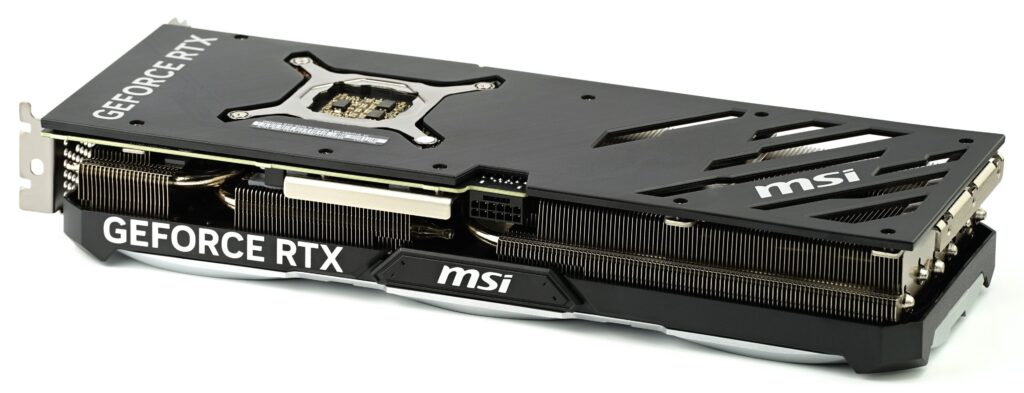

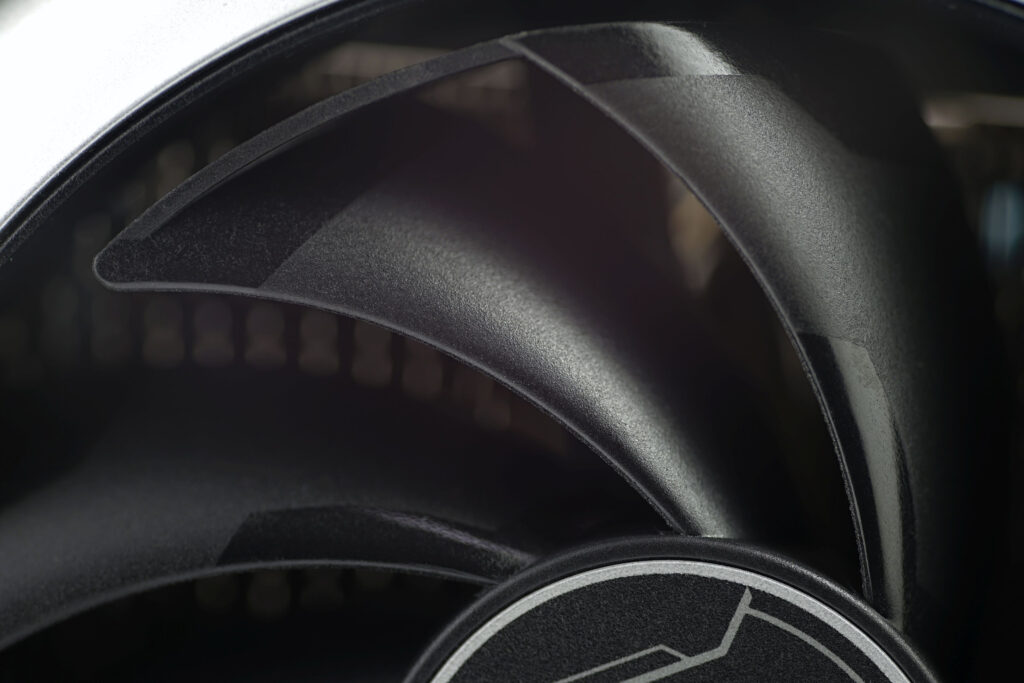
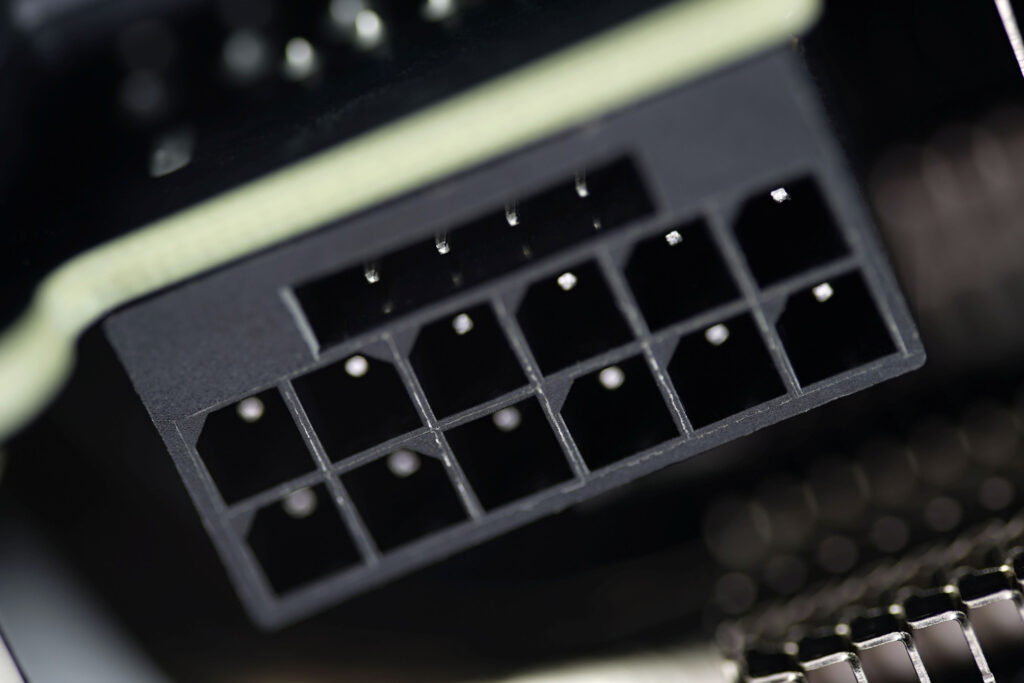
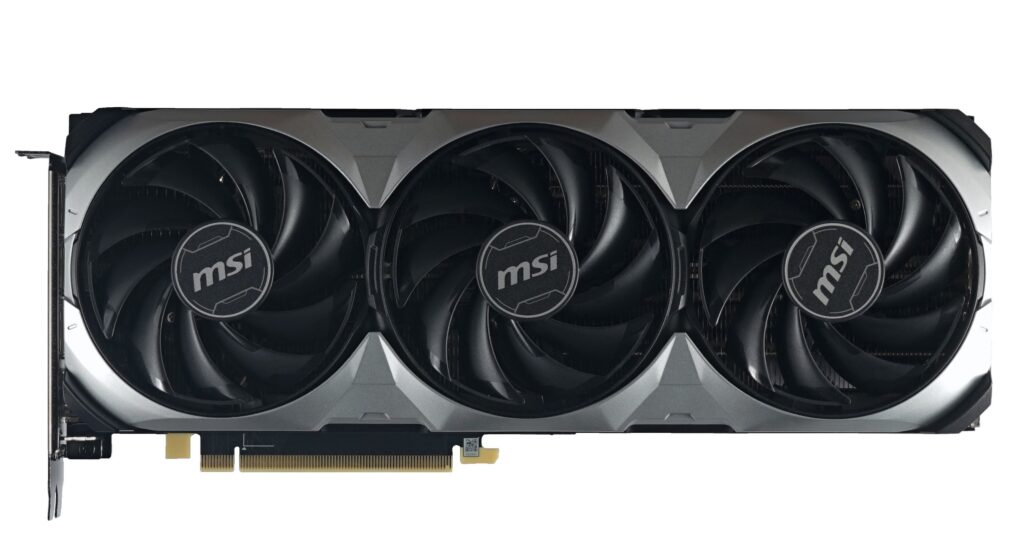
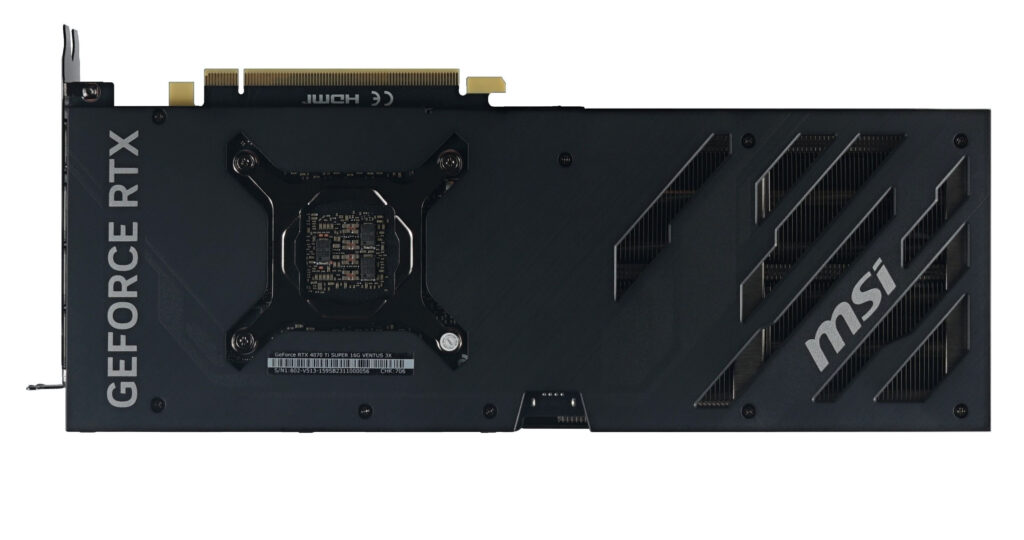
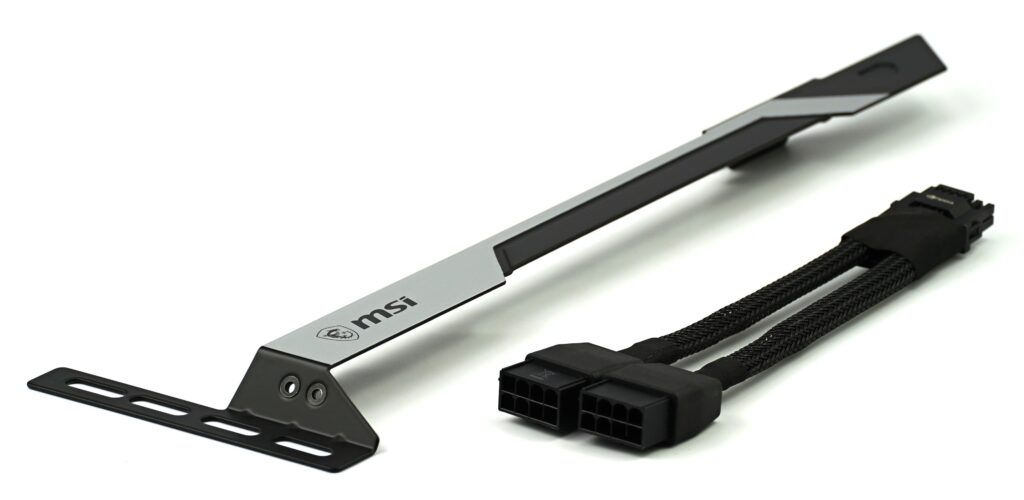
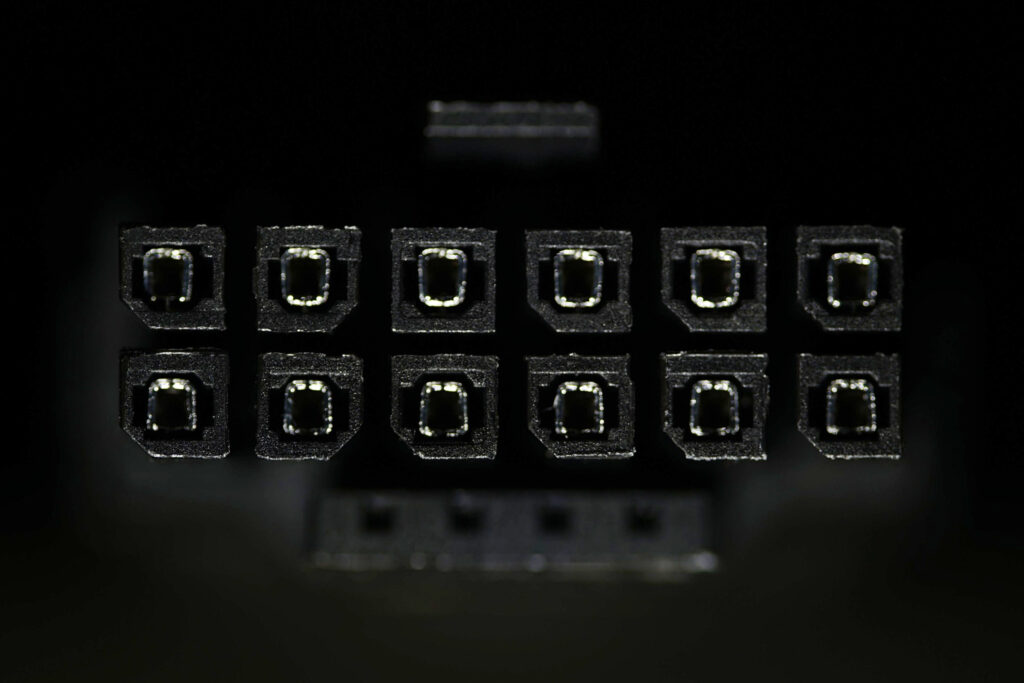
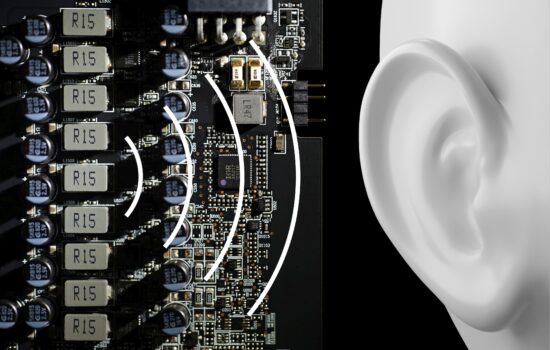





Even number of blades are usually avoided in PC fans due to it negatively affecting noise, but MSI has decided to use 10 blades here… but in pairs of 5. Perhaps that’s why they opted to connect blades in pairs instead of making a full ring, so that there’s an odd number of repeating units. Really interesting design.